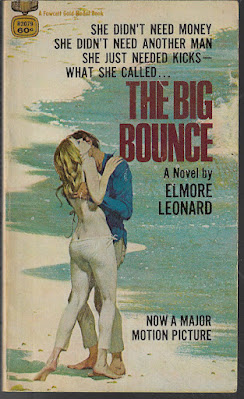My only experience with Katz is his 1977 novelization The Cassandra Crossing. Katz, along with three other writers, penned the screenplay for the movie in the early 1970s. The film was produced and released in 1976 with an all-star cast that included Sophia Loren, Martin Sheen, Ava Gardner, O.J. Simpson, and Richard Harris among others. Seeing that he already penned one-fourth of the screenplay, he chose to write the novelization, which was published in 1977 courtesy of Ballantine. I've never seen the movie because I'm a book guy.
The narrative begins in Europe as a Swedish duo attempt to break into a lab located at the International Health Organization (IHO). Oddly, only two U.S. Marines are there to stop any takeovers of the extremely deadly diseases housed in this facility. One of the two baddies, using a 357 Magnum with a silencer (which is mostly impossible), shoots the soldiers. But in the ruckus one of the Swedes is killed and the other manages to spill a deadly strain of the pneumonic plague (or something like that) all over himself. He then manages to escape the horde of U.S. Marines that are chasing him and boards a passenger train.
Katz then quickly introduces a ton of characters to readers in short paragraphs. As the narrative continues, the short paragraphs rotate around to present each of the characters' personal stories and situations. For example, the main character (if there really is one) is an acclaimed doctor named Chamberlain. His ex-wife (he divorced her twice) is on board as well and the two have a romantic fling while bickering about their prior marriages. It was an enjoyable and cute little shindig. Other characters include a hitman disguised as a priest, a small group of musicians and a groupie, a married couple, and the wife of a famed German businessman (or royalty).
A group of doctors back at the IHO begin preparing for ways to re-route the train to a former Nazi concentration camp in Janov, Poland. To get there, they need to re-route the train through the Carpathian Mountains across a damaged and poorly constructed bridge – The Cassandra Crossing. As the passengers begin to get sick, the train is rerouted and the inevitable “ride or die” scenario comes to fruition as the train rolls on.
There were four people writing this mess of a movie - keep that in mind. The film earned the description “profoundly, offensively stupid” from the NY Times and “an unintentional parody of a disaster film” from Gene Siskel of the Chicago Tribune. While I enjoyed the overall plot design, I could never quite place what was happening on board the train with so many characters. Katz, anticipating the confusion, placed a checklist of characters at the beginning of the book with short descriptions – which kinda helped. But, there were so many aspects that just seemed pointless.
Why even go to this former Nazi concentration camp in the first place? What's the point of possibly spilling a train and its diseased passengers into a ravine if the bridge may collapse? Why chance it? There were so many questions screaming in my brain as I was reading what should have been a high-octane thriller that burned up the pages on hot rails to Hell.
The Cassandra Crossing isn't a terrible reading experience. As much as I was confused, I still found enjoyment in the overall concept. If you find the paperback affordable, it might be worth reading when you've had enough technically dense dives into Geoffrey Household's work to just need something less attentive. Lukewarm recommendation at best. Get it HERE.





















